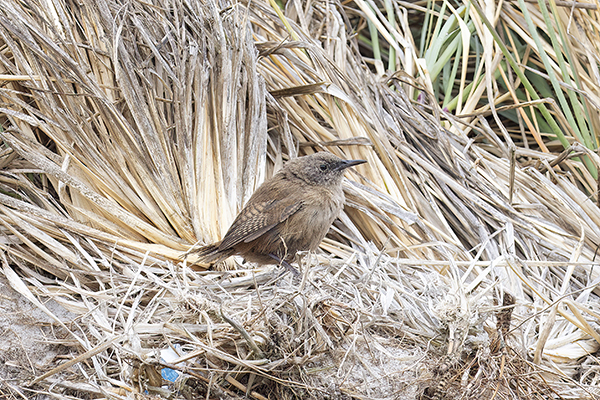Our visit to the Falklands was quite poignant for me. It was the Argentinian invasion in 1982 that prevented me going to join the British Antarctic Survey. I also had school and university friends that fought in the war and thankfully all came home safely but some were traumatised by what they'd seen and experienced. However, if I'd gone to the Antarctic in 1982, I'd never have gone to work in Finland and then move up to Cheshire and met my lovely wife or have such wonderful kids and grandchildren..... Fate is a curious thing.
I actually spent time doing touristy things in the short time we had in Stanley - posting more postcards to the grandkids, visiting the museum and having afternoon tea! I did did see a few birds though with Falklands Flightless and Flighted Steamer Ducks being added to the trip list along with superb views of Turkey Vultures.
 |
| Female Steamer Duck |
 |
| Falklands Flightless Steamer Duck showing spurs at 'elbow' joint of wing |
 |
| Turkey Vultures |
With the cultural activities completed I was keen to get to our next location as the following morning we were due to visit the Magellanic Penguin colony at Carcass Island. What a place! Regis had warned me I'd see plenty of birds including the endemic Cobb's Wren and there were far more passerines than we'd seen on any of our previous landings with Blackish Cinclodes. Long-tailed meadow Lark , Black-chinned Siskin and Black-chinned Finch, Falklands Austral and Dark-faced Ground Tyrant all being fairly easily seen. The Cobb's Wrens were hopping around on the beach as we landed and the Blackish Cinclodes were so tame they were walking over my feet!
 |
| Black-choinned Finch |
 |
| Black-chinned Siskin |
 |
| Blackish Cinclodes |
 |
| Cobb's Wren |
 |
| Dark-faced Ground Tyrant |
 |
| Long-tailed meadow Larks |
%20Thrush%20%20310124.jpg) |
| Falklands (Austral) Thrush. |
What we'd really come to see though was the large colony of Magellanic Penguins and they didn't disappoint. Magellanics breed in burrows and many were covered in soil as they stood guard outside their burrow entrances to protect their eggs or young from marauding Striated Caracara's.
 |
| Above and below: Striated Caracara's |

 |
Striated Caracara and Magellanic Penguin
As is usual in penguin colonies there was a lot of activity with birds returning from fishing trips being mobbed by youngsters begging for food and birds wandering down from their colonies to the beach to go off to sea to fish. Other birds were just hanging around displaying and interacting with their neighbours.
All to soon our time here came to an end. It had been arranged that we'd take the zodiacs to another bay where the community hall had been opened up for us to provide a traditional Falklands 'smoko' or morning tea with home made cakes and freshly brewed pots of steaming hot tea. There was still time for a few more birds on the walk back to the beach and the zodiacs though with Magellanic Snipe and Magellanic Oystercatcher both showing well.
Needless to say I thoroughly enjoyed my 'smoko' and despite several cakes I still had room for lunch back on board the Plancius as we set off for our next landfall with the promise of our final penguin species and breeding Black-browed Albatross. |









%20Thrush%20%20310124.jpg)








































































No comments :
Post a Comment